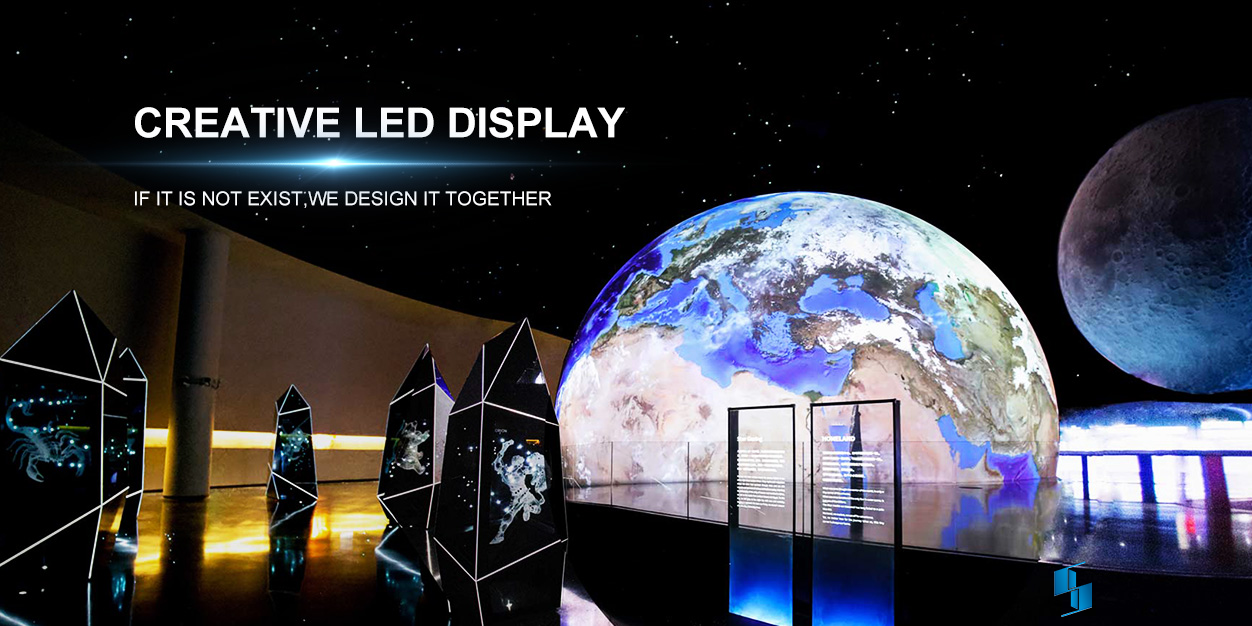How to address key video display considerations such as pixel pitch, outdoor deployment and brightness levels?

addresses 5 key questions for integrators, covering important considerations ranging from brightness levels to pixel pitch to outdoor applications.
1) Should integrators use formulas to determine the brightness and size of displays in digital signage or corporate meeting room scenarios?
Designing the ideal solution for a conference room or any installation often requires a lot of planning, design and engineering.The first step is to determine the height of the screen above any furniture, such as a conference table, to ensure that all potential meeting participants have a clear line of sight.From there, it’s important to calculate the height and pixel pitch that yields typical resolutions such as 1080p, 1440p or 4K for easier connection to various computers.A quick way to determine the height of your monitor is to divide the viewing distance by 8.For example, a monitor that can be viewed from 24 feet away should be at least 3 feet tall.”8x Ratio” is suitable for standard video, but we recommend lowering the factor to 4 to view small texts such as technical data.
Likewise, determining brightness requires measuring or estimating ambient light over typical usage times.For example, are there south-facing windows?When in doubt, use a photometer to capture actual ambient light to determine brightness.For installations that will be viewed in a variety of lighting conditions, brightness can easily be scheduled by time of day or adjusted automatically using an ambient light sensor.
2) What are some key technical considerations for outdoor digital signage compared to indoors?
Outdoor digital signage differs significantly from indoor technology in several ways.The main difference is the IP (ingress protection) rating.Indoor displays may be rated from IP41 to IP54, meaning from relatively unsealed to almost completely sealed against dust and water splashes.The IP rating of outdoor displays is usually IP65 or IP68.IP65 rated displays are sealed against weather and even direct water spray (eg spray cleaning), while IP68 rated digital signage should remain operable after immersion in water.Few applications actually require an IP68 rating.
Another notable difference is brightness.A typical indoor display might have a brightness of 500 to 1,500 nits, while an outdoor display typically has a brightness of 4,000 to 7,500 nits.(A nit is a measure of brightness and equals one candela per square meter (1cd/m2). That’s right – when you break it down, the industry is still measuring brightness with candles!)
In addition, there are mechanical considerations when it comes to indoor versus outdoor digital signage.Outdoor displays will be affected by bad weather, such as rain, snow, strong wind, etc.These conditions may require stronger construction.
Pixel pitch is the distance from the center of a group of diodes (a pixel) to the center of an adjacent pixel, usually in millimeters.Smaller numbers indicate smaller distances between pixels and therefore higher pixel density.It’s worth noting that halving the pixel pitch doesn’t translate to twice as many pixels, but to four times as many pixels, since both the horizontal and vertical dimensions are doubled.
Key considerations in choosing the correct pitch for an application include expected content, planned budget, meeting standard resolutions such as 1080p, the physical size of the display, and optimal viewing distance.A good rule of thumb is to convert millimeters of pixel pitch to meters of distance, which means a display with a 4mm pixel pitch will look good to a viewer 4 meters away.However, while this rule usually works well, it is far from “gold.”In fact, designing for the intended content, application or budget is arguably as important as viewing distance, if not more important.
4) How should integrators plan for weight, heat, power, and other physical factors in digital signage deployments?
Integrators must visit the site to determine power and data availability and routing.A structural review should be performed to ensure that the structure can support the additional weight of the installed monitor.Depending on where the monitors are located, at least a rough heat load calculation should be done to ensure that the existing or planned HVAC can manage the expected heat output.Additionally, the integrator should determine whether additional power is required based on the available power and reserve power of the panel.Display manufacturers can calculate this data and provide it to integrators during the design review stage.
5) What are the advantages of an all-in-one packaging solution from an installation, design and inventory management perspective for commercial AV integrators?
The most significant advantages of all-in-one LED display solutions are simplicity and cost-effectiveness, as these products are more readily available in the sizes and resolutions typically required.This enables quick, relatively inexpensive deployment.These display products are usually simple, with setup instructions very similar to larger consumer TVs; some are even plug-and-play, with one data cable and one power cord.That said, an all-in-one solution isn’t a one-size-fits-all solution.Many applications are better served by custom designed and engineered solutions that are tailored to application needs.
SandsLED is dedicated to meeting the technical and business needs of professional integrators serving the LED display market.Whether you design, sell, service or install…work in an office, church, hospital, school or restaurant, Commercial Integrator is the dedicated resource you need.
Post time: Jan-10-2022









